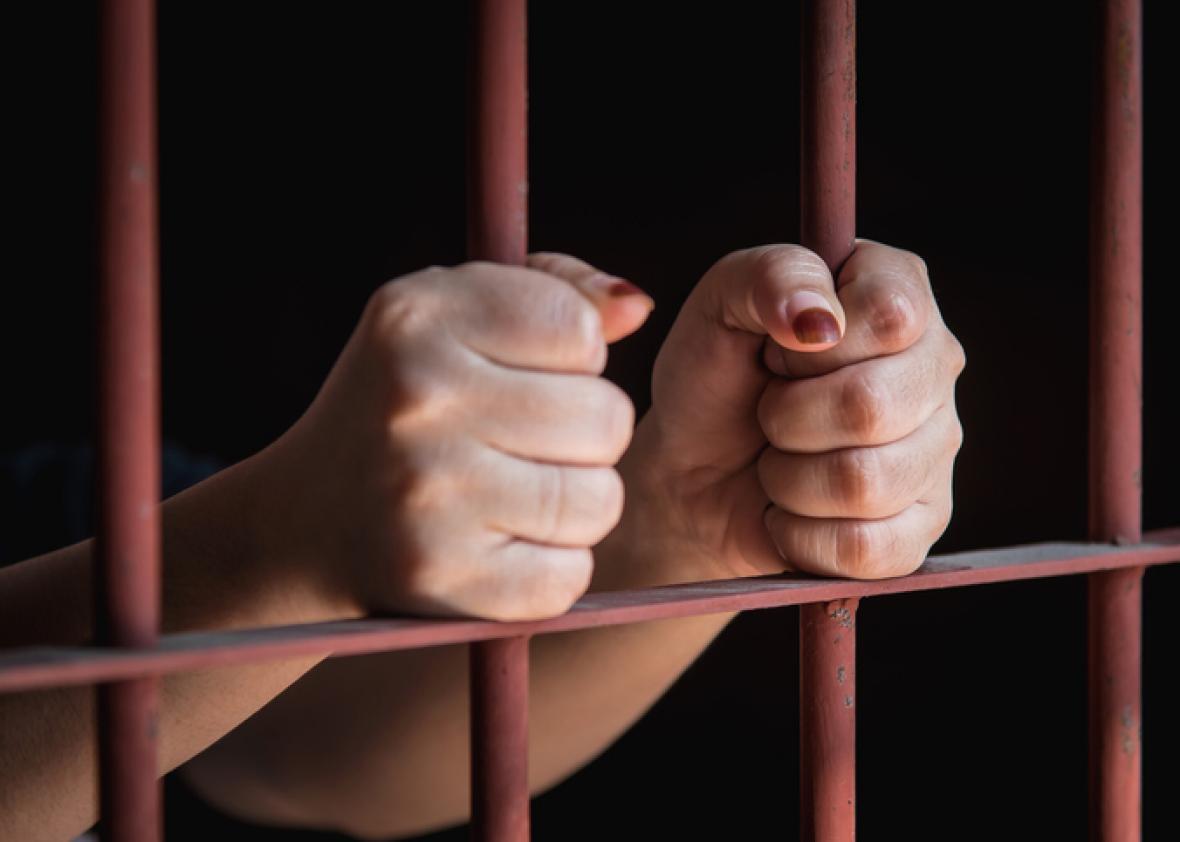Women in local jails make up the fastest growing demographic in the U.S. incarceration system, according to a report released Wednesday. From 1970 to 2014, the population of women in jail grew 14-fold, from fewer than 8,000 to almost 110,000 women nationwide.
Most of that increase came in counties with populations under 250,000, where 31 times more women are held in jails now than in 1970. Today, almost half of jailed women are in these places, counties that have seen the average rate of jail incarceration nearly double since 2000.
The report comes from the Vera Institute of Justice and the Safety + Justice Challenge, a MacArthur Foundation–funded program that fights mass incarceration at the level of local jails. Jails are not prisons: About two-thirds of jailed people are unconvicted, waiting for their trials or other resolution of their cases. Other people in jail have been convicted of crimes that carry a sentence of less than a year or have violated their parole or probation terms. Despite the fact that the population of women in jail continues to increase while the population of men in jail has begun to drop, there have been few studies or sources of comprehensive information on why women are jailed, who they are, and what challenges they face. Wednesday’s report is a significant step toward closing that gender data gap.
“Just as the misuse of local jails has been missing from the national conversation on criminal justice reform until recently, the exponential growth of women in jail has been ignored for too long,” Nicholas Turner, president of the Vera Institute of Justice, said in a statement.
The demographic stats in the report are troubling, if not surprising. Two-thirds of jailed women are women of color (44 percent of them black), 82 percent are there for nonviolent offenses, and two-thirds have a chronic medical condition, more than twice the proportion of the general population. About a third of women in jail are living with a serious mental illness, more than twice the rate of men in jail and six times the rate of women in general. Most have experienced drug or alcohol abuse, more than eight in 10 have survived sexual violence, and 77 percent have reported intimate partner violence. A full 79 percent of women in jail have young children; most of those women are single mothers.
Women face economic disadvantages that make them more likely to end up in jail and more likely to return there when they’re released. In general, women are poorer than men, and half of all single black and Latina women, who are most affected by mass incarceration, have zero or less than zero net wealth. If they’re unable to pay bail, they’re left in jail until their case is resolved. Even if they’re released, fees from public defender applications or pretrial supervision can devastate their finances, and if they can’t pay off their debts to the system, they’ll land back in jail.
The report identifies a lack of gender-specific data as one of the main contributors to a nationwide over-jailing of women, since most new approaches to understanding and reducing the population of people in jail are informed by research on men. Standard methods of assessing public safety risk don’t work for women, for instance, because they don’t take into account the fact that women generally pose less of a risk upon release than men. “This over-classification bars women from many jail-based educational, vocational, and rehabilitative programs, work assignments, and other privileges, and may make them ineligible for pretrial release programs,” the report notes. Policy shifts that reduce jail populations in general—decriminalizing possession of limited amounts of marijuana, diminishing cash bail demands, and addressing mental health and substance abuse issues rather than punishing people for them—can have a disproportionate impact on women, who too often end up jailed for minor offenses, crimes related to health troubles, and being too poor to pay bail.
